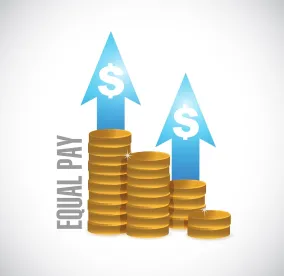On July 14, 2016, the Equal Employment Opportunity Commission (EEOC) released its revised EEO-1 Form proposal. This revised proposal comes after the EEOC received 322 comments on its first proposal, released in February 2016. The following chart outlines the differences between the current EEO-1 Form, the initial proposed changes, and the July 14 proposed changes.
|
|
Note: The 9/30/2016 deadline remains unchanged. Under most recent proposal, there is no 9/30/17 deadline. Reporting with the new form would begin 3/31/18.
As outlined in the chart, two substantial changes were made in the revised proposal. First, the annual reporting deadline was adjusted from September 30 to March 31, beginning in 2018. While employers will welcome not having to pull data from portions of two different W2 years, the current July 14 proposal fails to address valid criticisms questioning the usefulness of the W2 information. As noted in our previous client alert, the EEOC’s decision to use W2 data runs contrary to the recommendations of the National Academy of Sciences (NAS) for a similar proposal in 2012 (2012 NAS Report), which stated that “rates of pay,” rather than actual earnings, would be preferred for any statistical analysis.
Second, in the July 14 proposal, the EEOC also confirmed the report could utilize a standard number of hours for exempt employees: 40 for full-time; 20 for part-time. While this approach may be easier for reporting employers that, for the most part, do not record exempt employee hours, it disregards a potentially important variable in explaining differences in W2 earnings, which the EEOC and the Office of Federal Contract Compliance Programs (OFCCP) intend to use to trigger more in-depth and time consuming investigations. The EEOC response has been that the data will be used to identify targets for investigation.
Significantly, the EEOC dismissed requests to:
-
Increase the employment threshold for required compensation reported
-
Limit the compensation to be reported to actual pay rates, as suggested by the NAS study. Expansion of the types of compensation beyond actual pay rates significantly increases the number of variables which contribute to pay differentials.
-
Adjust what are perceived to be overbroad pay bands covering widely divergent jobs, thereby creating false negatives or false positives in any mode of initial analysis suggested by the commentary. The commentary concludes that substantial additional information will be required in the event of an investigation, whereby the employer “has the opportunity to explain its practices” and to submit additional information, before a conclusion can be reached whether discrimination was the likely cause of pay disparities.
-
Adequately address the lack of confidentiality accorded pay data, particularly where small numbers of employees populate a particular pay band
-
In addition, federal contractors are even more exposed when this data is released to the OFCCP, where the Title VII security provisions do not apply by law. The data protection and security assessment falls short of standards which should apply to such sensitive information, particularly in light of well publicized federal data security breaches.
-
Accurately assess and address the time commitment necessary for EEO-1 filers to submit accurate information
Presuming the EEOC moves forward with the most recent version of the report, employers and lawyers should have significant fuel to question the basis of any EEOC conclusions based on the EEO-1 Report.
The public has an additional 30-day window to comment on the revised EEO-1 proposal. The comment period closes on August 15, 2016






 />i
/>i

